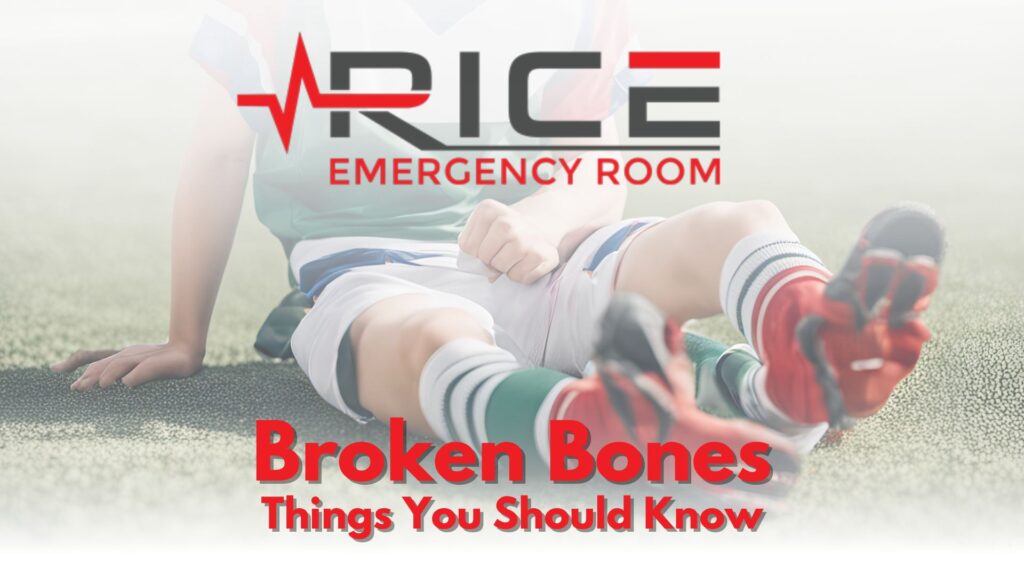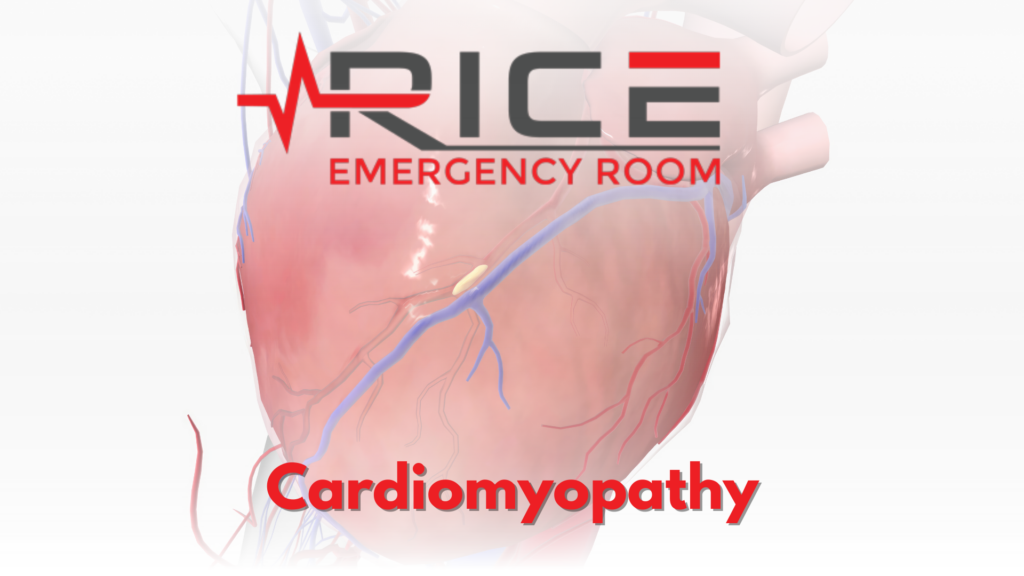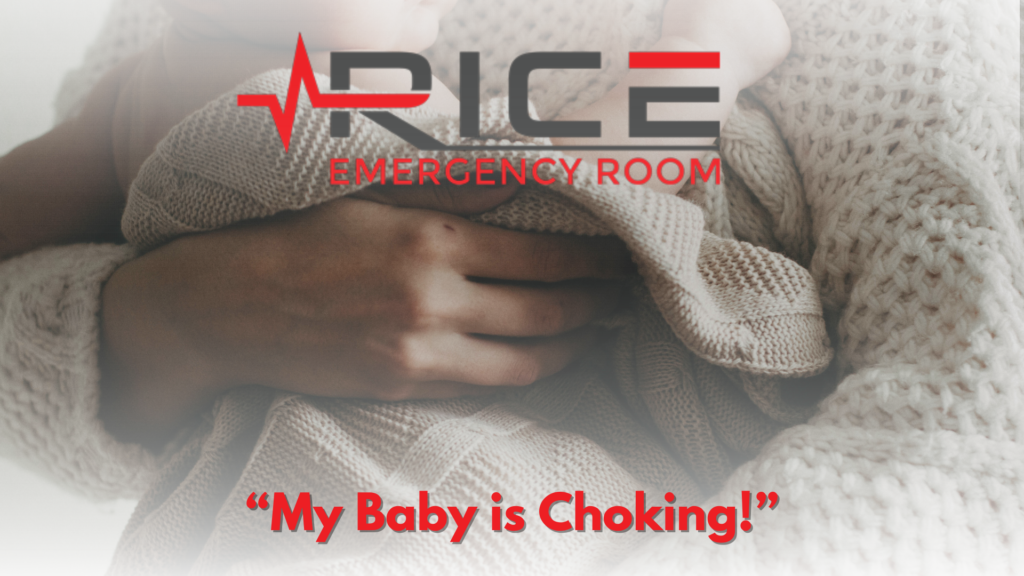Broken bone, or bone fracture, is a frequent injury that can result from various causes such as trauma, falls, and underlying medical conditions. Understanding the types, symptoms, treatment, and recovery process is important to managing fractures effectively.
Types of Bone Fractures
Fractures are classified based on their characteristics and the nature of the break. Some common types include:
- Simple (Closed) Fracture: The bone breaks but does not pierce the skin.
- Compound (Open) Fracture: The broken bone protrudes through the skin, increasing the risk of infection.
- Comminuted Fracture: The bone shatters into multiple pieces, typically due to high-impact trauma.
- Transverse Fracture: The fracture line is perpendicular to the bone’s long axis.
- Oblique Fracture: The break has an angled pattern.
- Spiral Fracture: The bone has been twisted apart, common in sports injuries.
- Greenstick Fracture: An incomplete fracture where the bone bends, common in children due to their softer bones.
- Compression Fracture: The bone is crushed, often seen in vertebrae due to osteoporosis.
Understanding the specific type of fracture is essential for determining the appropriate treatment and recovery plan. (Medical News Today)
Symptoms of Bone Fractures
The symptoms of a bone fracture can vary depending on the severity and location of the break causing a range of symptoms. Immediate and severe pain is typically felt at the site of the fracture. Swelling and inflammation often occur around the injured area. Bruising can develop, leading to discoloration of the skin due to internal bleeding. The affected limb or area may appear deformed or out of place. Impaired function is common, resulting in an inability to move the affected area or bear weight on it. Additionally, a grinding or crackling sensation, known as crepitus, can be felt when the broken ends of the bone rub together.
In some cases, symptoms like dizziness or fainting can occur due to shock from the injury.
Diagnosis and Treatment
Diagnosing a bone fracture typically involves a physical examination and imaging tests such as X-rays and CT scans to determine the extent of the break. Treatment varies based on the type and severity of the fracture and involves several approaches. Immobilization is commonly used, with casts, splints, or braces employed to keep the bone in place during healing. Medication, including pain relievers and anti-inflammatory drugs, helps manage pain and reduce swelling. Reduction, which can be performed either closed (without surgery) or open (requiring surgery), involves manually realigning the bone fragments into their proper position. In severe fractures, surgery may be necessary to insert metal rods, plates, screws, or pins to stabilize the bone.
Prompt and appropriate treatment is crucial to ensure proper healing and to minimize the risk of complications such as infections, non-union (failure of the bone ends to grow back together), or malunion (healing in an incorrect position). (Cleveland Clinic)
Healing Process
The bone healing process consists of several stages:
- Inflammatory Phase: Shortly after the fracture, blood clots form around the break to protect the area and initiate healing.
- Reparative Phase: Soft callus forms around the fracture, which is gradually replaced by hard callus (new bone).
- Remodeling Phase: The new bone is reshaped and strengthened over time to resemble the bone’s original structure.
Factors such as age, overall health, nutrition, and the severity of the fracture can influence the healing time, which typically ranges from several weeks to several months. (WebMD)
Complications
While most fractures heal without significant issues, complications can arise. Infection is a particular risk in open fractures where the bone has broken through the skin. A delayed union can occur when the healing process is slower than normal. Non-union is a complication where the bone fails to unite. Malunion happens when the bone heals in an abnormal position. Additionally, joint problems such as stiffness or arthritis could develop, especially if the fracture involved a joint. Preventive measures, proper treatment, and adherence to rehabilitation protocols are vital to minimize these risks.
Preventing Bone Fractures
Preventing fractures involves adopting measures to enhance bone health and minimize injury risks:
- Nutrition: A diet rich in calcium and vitamin D to strengthen bones.
- Exercise: Regular weight-bearing and muscle-strengthening exercises to improve bone density and balance.
- Safety Measures: Using protective gear during sports, ensuring home safety to prevent falls, and driving safely.
- Medical Management: Addressing underlying conditions such as osteoporosis with appropriate medication and lifestyle changes.
By incorporating these practices into daily life, individuals can reduce their risk of fractures and maintain overall bone health.
Bone fractures are a common and potentially serious injury that requires timely and appropriate medical attention. Understanding the types, symptoms, and treatment options is essential for effective management and recovery. By taking preventive measures and following medical advice, individuals can improve their bone health and reduce the risk of fractures.
When to Go to the ER
Rice Emergency Room has on site radiology with x-ray and CAT Scan technology. We are open 24/7, 365 days of the year to take care of your broken bone emergencies. Our Pediatric Suite is a comforting place for children during treatment. Our Board-Certified Emergency Physicians are attentive and will see you quickly and get you out of pain and comfortable. We’ll be sure you get a referral to a specialist for continued care and your records are sent to your physician of choice.
We are unmatched in care and convenience, and we know our community. Your family is top priority at Rice Emergency Room serving West University Place, Bellaire, River Oaks and surrounding communities.
Let Us Know You’re on Your Way – Check In Here
Works Cited
“Fractures: Types, Causes, Symptoms, and Treatment.” Medical News Today, MediLexicon International, www.medicalnewstoday.com/articles/173312.
professional, Cleveland Clinic medical. “Bone Fractures: Types, Symptoms & Treatment.” Cleveland Clinic, my.clevelandclinic.org/health/diseases/15241-bone-fractures.
“Broken Bone Pictures: Signs Your Broken Bone Is Healing.” WebMD, www.webmd.com/first-aid/ss/slideshow-break-bone-what-happens.




